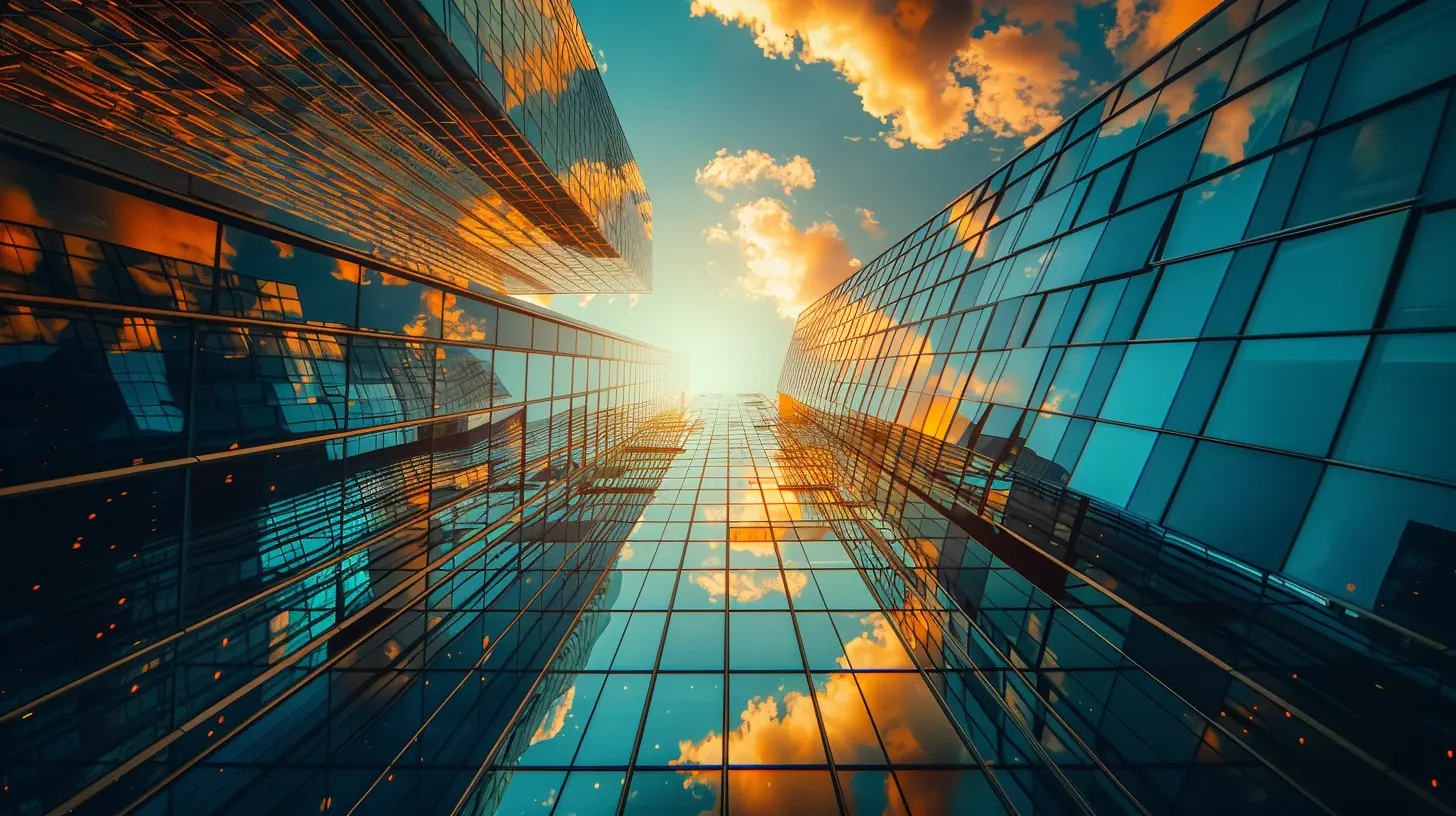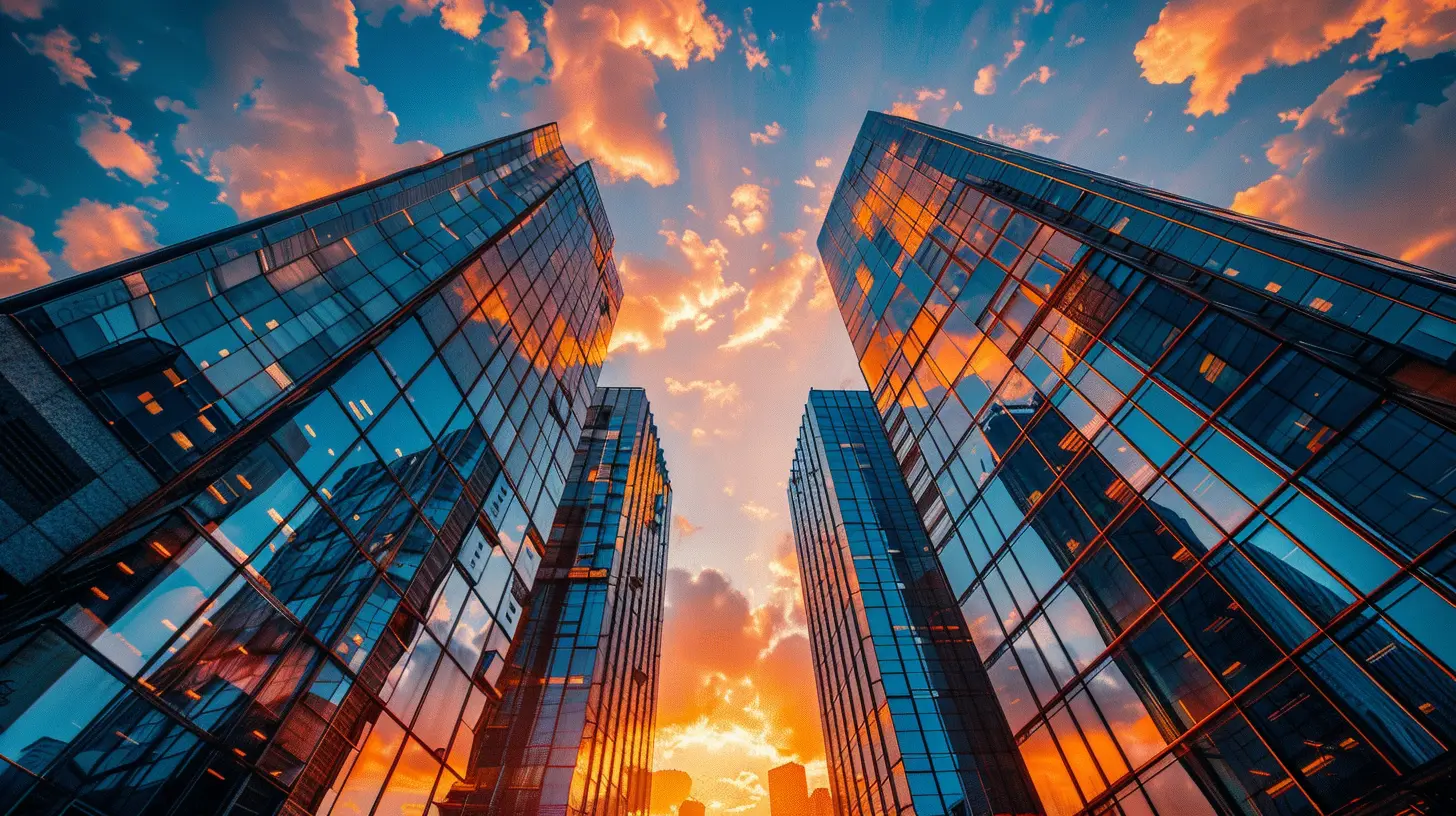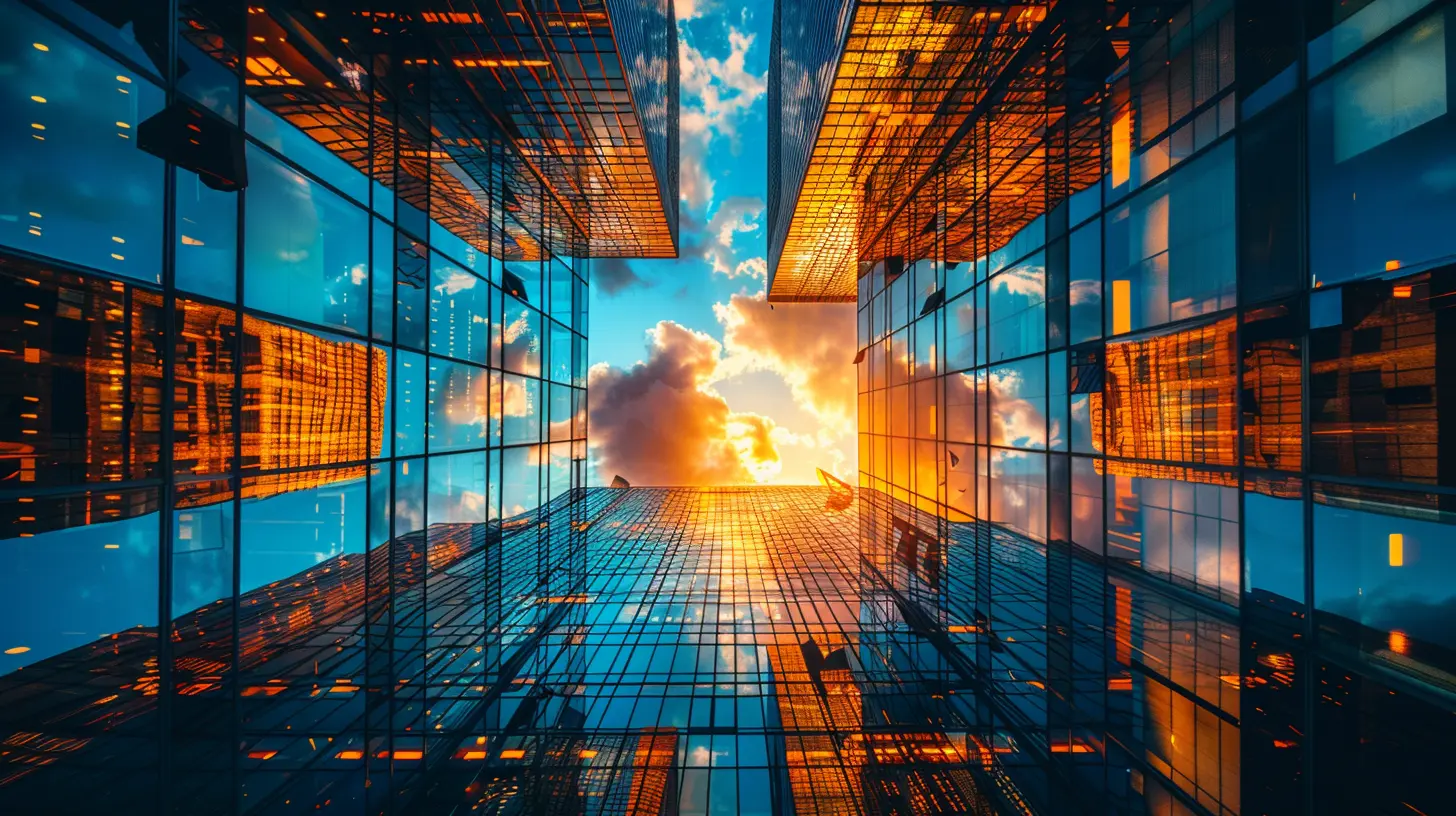Commercial Real Estate Post-Pandemic: Signs of Economic Recovery
20 July 2025
The commercial real estate (CRE) market took a serious hit during the pandemic. Lockdowns, remote work, and economic uncertainty left office buildings empty, retail spaces shuttered, and industrial properties scrambling to adapt. But as the world moves forward, is commercial real estate making a comeback? The signs are promising, and in this article, we'll break down the key indicators that suggest recovery is underway.

The State of Commercial Real Estate During the Pandemic
Before we dive into recovery, let's take a step back. The COVID-19 pandemic turned the commercial real estate industry upside down. Offices went dark as companies embraced remote work. Shopping centers saw massive declines in foot traffic. Industrial properties, on the other hand, saw a surge in demand as e-commerce boomed.While some sectors struggled, others adapted quickly. Warehouses, data centers, and last-mile distribution facilities thrived, proving that not all commercial properties were created equal. But now, as economies reopen and businesses recalibrate, the broader CRE sector is showing encouraging signs of recovery. 
Signs of Economic Recovery in Commercial Real Estate
Now, let’s get into the good stuff—the signs that indicate commercial real estate is bouncing back.1. Office Spaces Are Showing Life Again
The work-from-home trend isn't going away completely, but companies are realizing that in-person collaboration is still valuable. Hybrid work models are driving demand for flexible office spaces, and major cities are seeing office vacancies slowly decline.Large corporations are also renewing leases, albeit with some modifications. Many are opting for smaller, more efficient spaces or redesigning layouts to support hybrid work. While we may never see the traditional office culture return in full force, there’s certainly a resurgence in demand.
2. Retail Is Recovering, But It’s Different
Brick-and-mortar retail struggled significantly during the pandemic, with many businesses closing their doors for good. However, consumer behavior is shifting again. Shoppers are eager for in-person experiences, leading to a resurgence in physical retail locations—especially in entertainment, dining, and experiential shopping.Malls are being repurposed into mixed-use spaces, integrating residential, office, and entertainment facilities to attract more foot traffic. Retailers that survived the pandemic have also adapted by embracing e-commerce integration, curbside pickup, and improved in-store experiences.
3. Industrial Real Estate Remains Strong
While the office and retail sectors are still finding their footing, industrial real estate remains the shining star. With e-commerce continuing to thrive, companies need more distribution and fulfillment centers. Warehouses, logistics hubs, and last-mile delivery facilities are in high demand, and investors have taken notice.In addition, manufacturing is making a comeback, with companies reshoring production to avoid supply chain disruptions. This trend is driving demand for industrial spaces near major metropolitan areas, further strengthening this sector.
4. The Hospitality Sector Is Bouncing Back
Hotels, arguably one of the hardest-hit sectors, are seeing a resurgence in travel. Business and leisure travel are both picking up, with hotel occupancy rates climbing steadily. While international travel is still recovering, domestic tourism is fueling demand in many markets.Investors are recognizing this trend, leading to increased acquisitions and renovations in the hospitality space. Luxury hotels, resorts, and boutique accommodations are seeing particularly strong demand as travelers seek unique experiences.
5. Real Estate Investment Is Heating Up
Another clear sign of recovery? Money is flowing back into commercial real estate. Institutional investors, private equity firms, and individual buyers are actively acquiring properties again.Interest rates remain a factor, but investors are betting on the long-term potential of commercial assets. Certain markets—like Sun Belt cities—are seeing increased investment due to population growth, lower taxes, and business-friendly environments. 
Challenges Still Exist – But They’re Manageable
Of course, recovery doesn’t mean smooth sailing. Challenges remain, and investors, developers, and businesses must navigate them carefully.1. Interest Rates and Inflation
One of the biggest concerns in commercial real estate is rising interest rates. The Federal Reserve has been aggressive in attempting to control inflation, making borrowing more expensive. Higher financing costs can slow down development and investment, but there are ways to adapt—such as seeking alternative financing options or focusing on cash-flowing properties.2. Shifts in Workforce Preferences
While offices are seeing some resurgence, the workforce has changed. Employees demand flexibility, better work-life balance, and upgraded office amenities. Companies must consider these factors when choosing office spaces, leading to increased demand for coworking spaces and creative office layouts.3. Supply Chain Disruptions
Although industrial real estate is booming, supply chain issues are still a risk. Delays in construction materials and rising costs can impact new developments. Companies are mitigating these risks by diversifying suppliers and embracing automation to improve efficiency.4. Regulatory and Zoning Challenges
Cities are re-evaluating zoning laws to accommodate changing commercial real estate needs. Some regulations may slow down redevelopment projects, particularly in areas converting office spaces into residential or mixed-use developments. However, proactive municipalities are streamlining approvals to encourage growth.
What Lies Ahead for Commercial Real Estate?
So, where do we go from here? The commercial real estate market isn’t just recovering—it’s evolving. The way people work, shop, and interact with physical spaces has changed, and CRE must adapt accordingly.Trends to watch include:
- Adaptive reuse projects – Converting underutilized properties into new, in-demand spaces.
- Technology integration – Smart buildings, AI-driven property management, and energy-efficient designs are gaining traction.
- Sustainability initiatives – Green building certifications, solar energy adoption, and environmentally friendly infrastructure investments are becoming top priorities.
- Mixed-use developments – Traditional commercial properties are shifting toward multi-purpose spaces to attract diverse tenants and users.
Ultimately, resilience and innovation will define the future of commercial real estate. The pandemic forced the industry to rethink old models, and now, a new era of CRE is taking shape.
Final Thoughts
Commercial real estate is on the road to recovery, but it’s a different landscape than before. Some sectors are thriving, others are reinventing themselves, and new opportunities are emerging. While challenges exist, the overall trajectory is positive.For investors, businesses, and property owners, staying ahead of market trends and adapting to shifting demands will be key to long-term success. Whether it’s a booming industrial sector, rebounding office spaces, or revitalized retail hubs, the signs are clear—commercial real estate is making a strong comeback.
all images in this post were generated using AI tools
Category:
Commercial Real EstateAuthor:

Vincent Clayton
Discussion
rate this article
1 comments
Starling McVicker
Ah yes, nothing screams 'economic recovery' quite like a vacant office building turned upscale yoga studio. Who needs traditional businesses when you can downward dog your way to prosperity? Namaste, commercial real estate!
August 14, 2025 at 3:42 AM

Vincent Clayton
Thank you for your insightful comment! It highlights the creative adaptations in commercial real estate as we navigate recovery.


